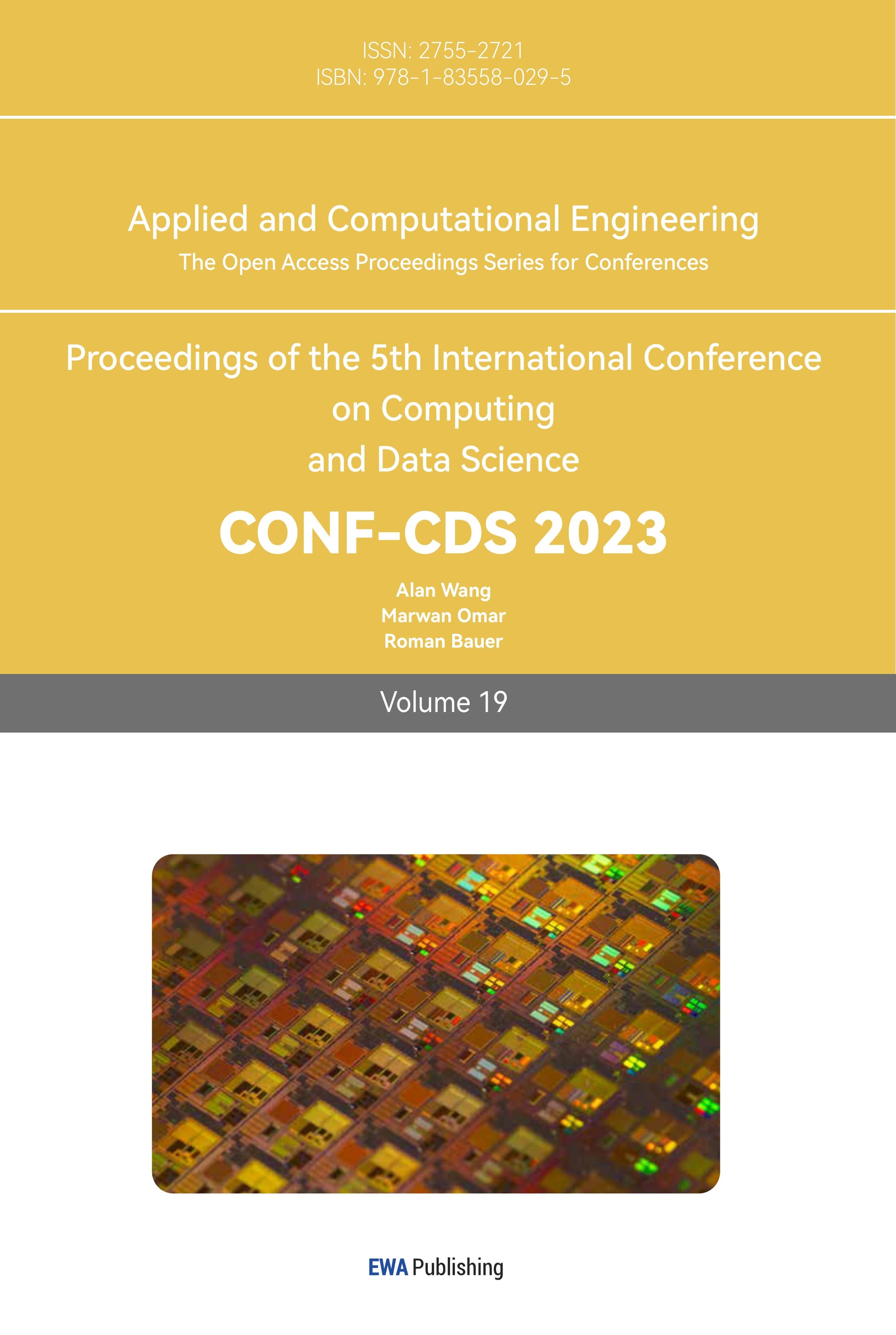References
[1]. Seyfi, S., Hall, C. M., & Shabani, B. (2023). COVID-19 and international travel restrictions: the geopolitics of health and tourism. Tourism Geographies, 25(1), 357-373.
[2]. Xu, G., Meng, Y., Qiu, X., Yu, Z., & Wu, X. (2019). Sentiment analysis of comment texts based on BiLSTM. Ieee Access, 7, 51522-51532.
[3]. Alrumaih, A., Al-Sabbagh, A., Alsabah, R., Kharrufa, H., & Baldwin, J. (2020). Sentiment analysis of comments in social media. International Journal of Electrical & Computer Engineering 10(6), 2088-8708.
[4]. Xu, G., Meng, Y., Qiu, X., Yu, Z., & Wu, X. (2019). Sentiment analysis of comment texts based on BiLSTM. Ieee Access, 7, 51522-51532.
[5]. Yang, X., Xu, S., Wu, H., & Bie, R. (2019). Sentiment analysis of Weibo comment texts based on extended vocabulary and convolutional neural network. Procedia computer science, 147, 361-368.
[6]. Baid, P., Gupta, A., & Chaplot, N. (2017). Sentiment analysis of movie reviews using machine learning techniques. International Journal of Computer Applications, 179(7), 45-49.
[7]. Efron, B. (2013). Bayes' theorem in the 21st century. Science, 340(6137), 1177-1178.
[8]. Chen, C., Chen, J., & Shi, C. (2018). Research on credit evaluation model of online store based on SnowNLP. In E3S Web of Conferences, 53, 03039.
[9]. Lin, Y., Chen, L., & Zhang, C. (2022). Analysis of Tourist Hotel Impression Based on SnowNLP Model. In 2nd International Conference on Internet, Education and Information Technology, 373-378.
[10]. Devlin, J., Chang, M. W., Lee, K., & Toutanova, K. (2018). Bert: Pre-training of deep bidirectional transformers for language understanding. arXiv preprint arXiv:1810.04805.
Cite this article
Lin,Y. (2023). Sentiment classification and visualization analysis of tourism comments: A canton tower example. Applied and Computational Engineering,19,132-138.
Data availability
The datasets used and/or analyzed during the current study will be available from the authors upon reasonable request.
Disclaimer/Publisher's Note
The statements, opinions and data contained in all publications are solely those of the individual author(s) and contributor(s) and not of EWA Publishing and/or the editor(s). EWA Publishing and/or the editor(s) disclaim responsibility for any injury to people or property resulting from any ideas, methods, instructions or products referred to in the content.
About volume
Volume title: Proceedings of the 5th International Conference on Computing and Data Science
© 2024 by the author(s). Licensee EWA Publishing, Oxford, UK. This article is an open access article distributed under the terms and
conditions of the Creative Commons Attribution (CC BY) license. Authors who
publish this series agree to the following terms:
1. Authors retain copyright and grant the series right of first publication with the work simultaneously licensed under a Creative Commons
Attribution License that allows others to share the work with an acknowledgment of the work's authorship and initial publication in this
series.
2. Authors are able to enter into separate, additional contractual arrangements for the non-exclusive distribution of the series's published
version of the work (e.g., post it to an institutional repository or publish it in a book), with an acknowledgment of its initial
publication in this series.
3. Authors are permitted and encouraged to post their work online (e.g., in institutional repositories or on their website) prior to and
during the submission process, as it can lead to productive exchanges, as well as earlier and greater citation of published work (See
Open access policy for details).
References
[1]. Seyfi, S., Hall, C. M., & Shabani, B. (2023). COVID-19 and international travel restrictions: the geopolitics of health and tourism. Tourism Geographies, 25(1), 357-373.
[2]. Xu, G., Meng, Y., Qiu, X., Yu, Z., & Wu, X. (2019). Sentiment analysis of comment texts based on BiLSTM. Ieee Access, 7, 51522-51532.
[3]. Alrumaih, A., Al-Sabbagh, A., Alsabah, R., Kharrufa, H., & Baldwin, J. (2020). Sentiment analysis of comments in social media. International Journal of Electrical & Computer Engineering 10(6), 2088-8708.
[4]. Xu, G., Meng, Y., Qiu, X., Yu, Z., & Wu, X. (2019). Sentiment analysis of comment texts based on BiLSTM. Ieee Access, 7, 51522-51532.
[5]. Yang, X., Xu, S., Wu, H., & Bie, R. (2019). Sentiment analysis of Weibo comment texts based on extended vocabulary and convolutional neural network. Procedia computer science, 147, 361-368.
[6]. Baid, P., Gupta, A., & Chaplot, N. (2017). Sentiment analysis of movie reviews using machine learning techniques. International Journal of Computer Applications, 179(7), 45-49.
[7]. Efron, B. (2013). Bayes' theorem in the 21st century. Science, 340(6137), 1177-1178.
[8]. Chen, C., Chen, J., & Shi, C. (2018). Research on credit evaluation model of online store based on SnowNLP. In E3S Web of Conferences, 53, 03039.
[9]. Lin, Y., Chen, L., & Zhang, C. (2022). Analysis of Tourist Hotel Impression Based on SnowNLP Model. In 2nd International Conference on Internet, Education and Information Technology, 373-378.
[10]. Devlin, J., Chang, M. W., Lee, K., & Toutanova, K. (2018). Bert: Pre-training of deep bidirectional transformers for language understanding. arXiv preprint arXiv:1810.04805.









